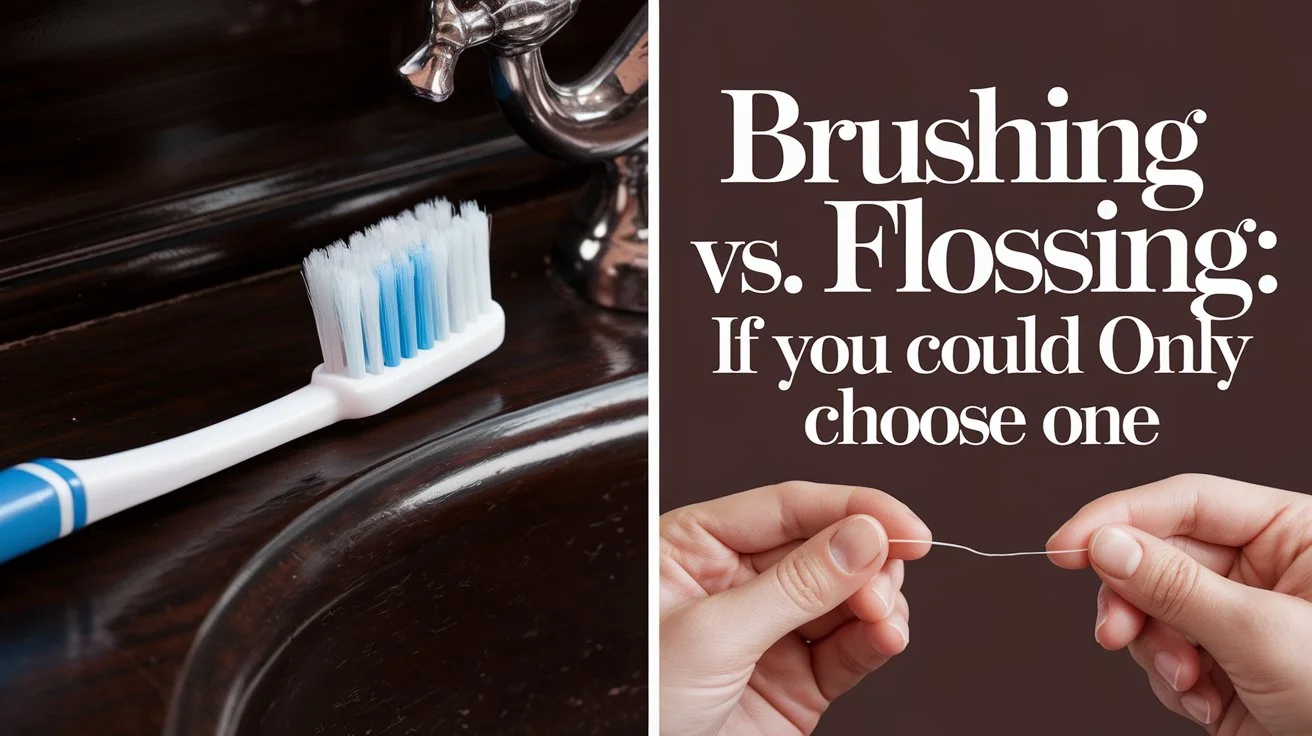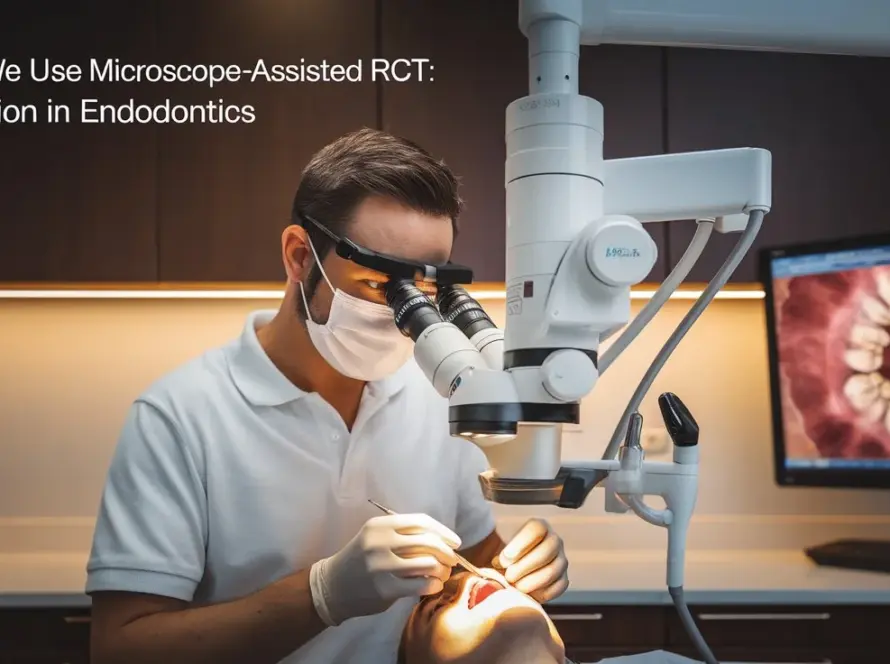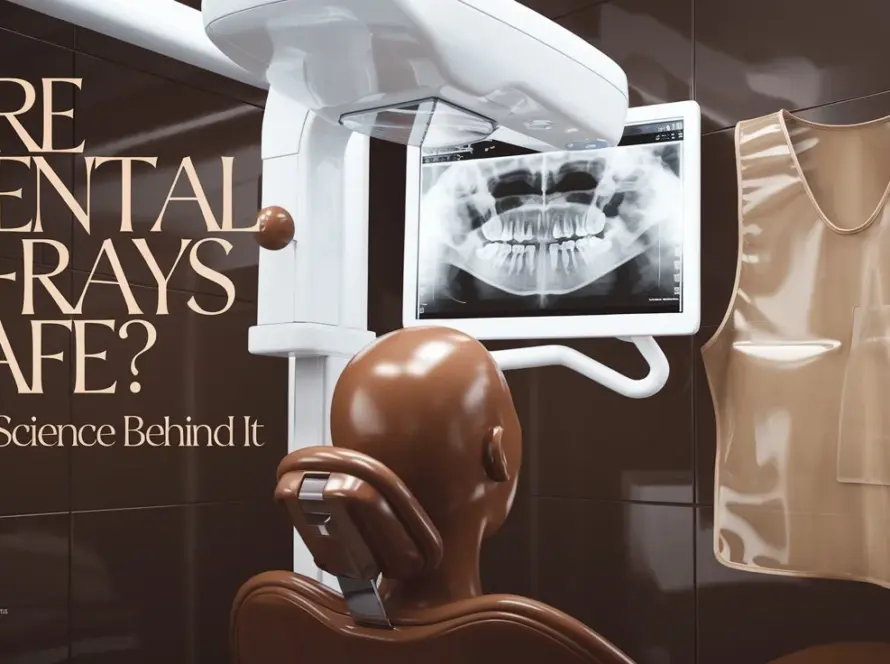Hey there, dental health enthusiast! We all know the drill: brushing and flossing are essential components of a solid oral hygiene routine. But if you found yourself in a magical world where you could only pick one, which would it be? This conundrum has sparked many debates—and we’re here to explore the pros and cons of each. So grab your toothpaste and dental floss and join us as we dive into the great brushing vs. flossing face-off! Whether you’re Team Brush or Team Floss, there’s plenty to discover about keeping those pearly whites in tip-top shape.
The Importance of Oral Hygiene
Image courtesy: Unsplash
Oral hygiene might not be the most exciting topic to chat about over coffee, but it’s crucial for our well-being. Maintaining a clean and healthy mouth can do wonders beyond just keeping your breath fresh. Let’s dig into why oral hygiene is essential and what happens if you ignore this important aspect of health.
Overview of Oral Health Benefits
Good oral hygiene is like the foundation of a healthy house. When you take care of your teeth and gums, you’re not only protecting your smile but also your overall health. Here are some benefits of maintaining oral hygiene:
- – Prevents Tooth Decay and Gum Disease: Regular cleaning helps remove plaque, a sticky film of bacteria, from your teeth. This reduces the risk of cavities and gum diseases like gingivitis.
- – Freshens Breath: Nobody wants to be the person others avoid talking to because of bad breath. Oral hygiene can keep halitosis at bay.
- – Boosts Self-Confidence: Having a healthy smile can improve how you feel about yourself. You’re more likely to flash those pearly whites if you’re proud of your dental health.
- – Supports Overall Health: Believe it or not, your oral health is linked to your overall health. Conditions like heart disease and diabetes can be affected by gum health.
Common Oral Health Issues
Unfortunately, failing to uphold good oral hygiene can lead to a host of problems. Here are some common issues you might face if you skip that dental regime:
- – Cavities: These are permanent tiny holes in your teeth caused by tooth decay. They can grow larger and deeper over time if untreated.
- – Gum Disease: From mild inflammation to serious infections that can destroy the bone supporting your teeth, gum disease can get pretty gnarly.
- – Bad Breath: Known as halitosis, persistent bad breath can be a sign of something bigger, like gum disease or cavities.
- – Tooth Sensitivity: Poor oral care can lead to sensitive teeth, making eating hot or cold foods uncomfortable.
Brushing Teeth
Now that we’ve addressed the overarching importance of oral hygiene, let’s zero in on brushing. Brushing teeth seems straightforward, right? But there’s more to it than just scrubbing away for a few seconds each morning and night.
Importance of Proper Brushing Technique
Brushing the right way can make a world of difference when it comes to achieving optimal oral health. Here’s how to get the most out of your brushing routine:
- – Use the Right Brush: Opt for a toothbrush with soft, rounded bristles that can access the corners of your teeth without hurting your gums.
- – Brush for the Right Duration: Dentists recommend brushing for at least two minutes, twice a day. It might feel long, but your teeth will thank you!
- – Angle Matters: Hold your brush at a 45-degree angle to your gums and use gentle, circular motions.
- – Don’t Forget Your Tongue: Bacteria can linger there, so give your tongue a gentle brush as well.
Benefits of Brushing
Brushing is indeed one of the simplest ways to maintain those pearly whites. Here are a few reasons why:
- – Removes Food Particles and Plaque: Regular brushing helps clear away particles and bacterial plaque to keep cavities and gum disease at bay.
- – Strengthens Teeth: Toothpaste often contains fluoride, which can help strengthen tooth enamel.
- – Keeps Gums Healthy: Keeping teeth and gums clean leads to healthier tissue and reduced risk of gum infections.
Potential Shortcomings of Brushing
While brushing holds immense benefits, it’s not the end-all solution for oral health. It has some limitations:
– Misses Between Teeth: The spaces between teeth can be difficult to reach with a toothbrush, which is where plaque and food can hide out.
– Doesn’t Fully Protect Against Gum Disease: Brushing can’t reach below the gum line, where plaque can harden into tartar.
– Requires Proper Technique: Brushing too hard or not thoroughly can leave many areas untouched, potentially leading to issues.
Remember, even the best brusher might miss some spots, which is where other methods, like flossing, come into play. But we’ll delve into that more in another section. Hold onto your toothbrush and stay tuned!
Flossing Teeth
When it comes to oral hygiene, flossing is often seen as the underappreciated sibling to brushing. While brushing takes the spotlight due to colorful advertisements and flavored toothpaste, flossing quietly does its important job in the background. But let’s not underestimate its importance just yet!
Importance of Proper Flossing Technique
Flossing is more than just pulling a thin string between your pearly whites. To get the full benefits, technique matters. Proper flossing involves:
- – Using about 18 inches of floss to ensure you have a fresh section for each tooth.
- – Gently sliding the floss between your teeth, curving it around the base of each tooth.
- – Moving the floss up and down against the tooth surface and below the gumline.
Taking the time to floss correctly can help remove up to 80% of plaque, which is crucial for maintaining those sparkly smiles. Keep in mind, flossing should be done gently to avoid damaging your gums.
Benefits of Flossing
Flossing might be the unsung hero of dental health for several reasons:
1. Plaque Removal: Flossing is incredibly effective at reaching the hidden areas between teeth and along the gumline where your toothbrush can’t reach. This helps prevent the build-up of plaque, which can lead to tooth decay and gum disease.
2. Prevention of Tartar Build-up: By removing plaque on a regular basis, flossing prevents the formation of tartar. Tartar is hardened plaque that can only be removed with professional cleaning.
3. Gum Health Maintenance: Flossing helps keep gums healthy by preventing inflammation and bleeding. Consistent flossing helps reduce the risk of gingivitis.
4. Fresh Breath: Last but not least, regular flossing also contributes to fresher breath by removing food particles that can cause bad odors.
Potential Shortcomings of Flossing
Despite its benefits, flossing does have a few drawbacks to consider:
- – Time-Consuming: For many, flossing seems like a chore. It can feel time-consuming, especially when you’re all set to jump into bed after a long day.
- – Technique Sensitivity: Improper flossing can potentially cause gum damage or miss vital areas, rendering the practice less effective.
- – Temporary Bleeding: Starting a new flossing routine might cause temporary gum bleeding, which deters some people from continuing the habit. However, this usually subsides with regular use.
Expert Opinions and Recommendations
Image courtesy: Unsplash
When it comes to maintaining a healthy mouth, both brushing and flossing have their unique roles. To get a better understanding of how they fit into a good oral hygiene routine, let’s consider what dental experts have to say.
Dentist Perspectives on Brushing
Dentists widely advocate for brushing as an essential part of daily dental care. Brushing your teeth at least twice a day helps to:
- – Remove food particles and plaque from the tooth surfaces.
- – Keep your teeth free from decay and discoloration.
- – Protect your enamel by using fluoride toothpaste.
Brushing is often emphasized because it covers more surface area of your teeth. However, to reap maximum benefits, technique is key. Dentists recommend using a toothbrush with soft bristles and replacing it every three to four months. Using small circular motions and covering all surfaces of the teeth, including the tongue, enhances brushing effectiveness.
Dentist Perspectives on Flossing
Despite its overlooked status, flossing receives a strong vote of confidence from dental professionals as well:
- – Key Supplement to Brushing: Dentists see flossing as an essential supplement to brushing since toothbrushes alone cannot reach the spaces between teeth.
- – Non-Negotiable for Complete Care: Flossing helps maintain complete dental health by preventing gingival inflammation and cavities between teeth, areas which brushing can’t clean effectively on its own.
- – Encouragement for Regular Use: Dentists often prescribe regular flossing as a preventative measure, not only to deter dental issues but also to combat issues linked to poor oral health, like heart disease.
In the end, the consensus among dental experts is clear: finding the balance between brushing and flossing makes for the best oral care routine. While they complement each other beautifully, each practice holds distinct, indispensable benefits. So, if you’re serious about your dental health, the best choice might actually be… (drum roll)… to do both! And remember, maintaining consistency is key to flashing that winning smile every day.
Conclusion
While both brushing and flossing are essential for maintaining a healthy smile, each has its unique benefits. Brushing is excellent for cleaning the surface of your teeth and removing plaque. On the other hand, flossing gets into the spaces between teeth that bristles can’t reach, targeting the hidden plaque and food particles. In the end, the best approach is to incorporate both into your daily routine for a balanced and effective oral hygiene regimen. A combination of brushing and flossing ensures you’re giving your teeth the best care possible. Remember, a healthy smile is a happy smile!



